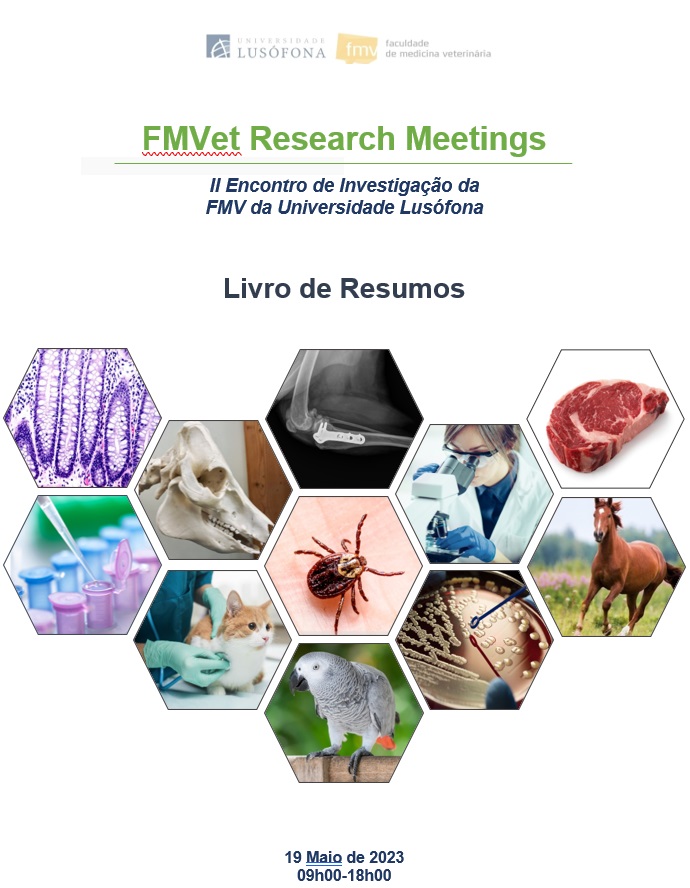Biliary hyperplasia and metal(loid)s exposure in hedgehogs (Erinaceus europaeus)
Resumo
Objectives: E. europaeus has been used as a sentinel of different One Health concerns, including heavy metal(loid)s pollution or zoonotic pathogens. This work aims to study trace elements’ health effects, performing a toxicology and histopathology assessment with hedgehogs.
Materials and Methods: Forty-six hedgehogs from three Portuguese rescue centres (CERVAS, LxCRAS and RIAS) were submitted to necropsy. Sex and age group were visually estimated. A liver sample was stored in a 10% formalin container for histopathology routine examination. Another liver portion was collected into a zip bag and stored under -20ºC. Then, it was completely freeze-dried for two days at -56ºC (LaboGene CoolSafe®) and stored frozen until further analysis. Acid digestion was performed in a digestion plate (DigiPrep-MS®) and metal(loid)s concentrations (As, Cd, Cr, Cu, and Pb) was determined with inductively coupled plasma mass spectrophotometry (ICP-MS).
Results: High levels of Cu were found in the liver (35.66 ± 19.65 mg kg-1 dry weight [dw]), with some animals passing 100 mg kg-1 dw, which is a consistently high value for insectivores. Biliary hyperplasia was the most frequent lesion observed, in 36% of the analyzed livers. Animals presenting biliary hyperplasia show higher levels of metal(loid)s (with the exception of As), with a significant difference for Cd (p=0.007) and Co (p=0.019). No statistically significant associations were found between biliary hyperplasia and age or sex.
Conclusions: Exposure to metal(loid)s may be a cause of biliary hyperplasia, though other analyses (including the use of biochemistry methods) are needed to confirm this hypothesis. To the authors’ knowledge, this was the first report of this association in hedgehogs. Further research (including different organs and locations) is crucial to understand the impact of metal(loid)s pollution in Portugal.
Keywords: environmental contamination; hedgehog; One Health; trace elements.
Funding
This work was funded by FCT (Fundação para a Ciência e Tecnologia) under the phD scholarship 2021.04520.BD. Teresa Letra Mateus was supported by UIDB/CVT/00772/2020 and LA/P/0059/2020 funded by FCT.


